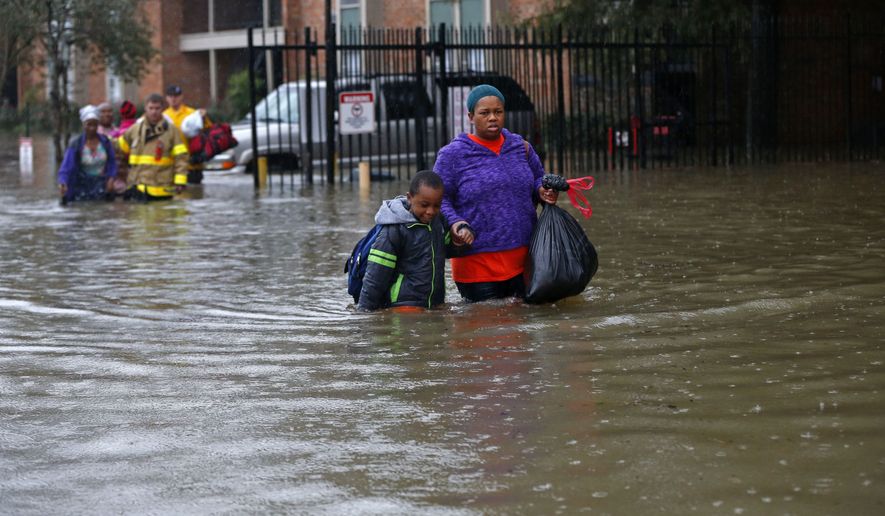

Rudolph Bolds reassured his father that he would be fine. In August 2005, Rudolph Bolds and many other New Orleanians decided to ride out the storm, just as they had done for many other hurricanes that blew through the city. As Kevia Bolds watched her house being gutted of water-soaked flooring, baseboards and Sheetrock, Rudolph Bolds recalled the mission and difficulties he faced while trying to rescue his family. In certain areas of Baton Rouge, the floodwaters receded quickly, allowing residents to return to their property and figure out their paths to recovery. The heavy rains that poured over Baton Rouge dumped more than 20 inches of water within 72 hours, leaving 13 dead and more than 60,000 homes damaged and at least 40,000 residents displaced. Nearly two weeks later, there are still areas of southwest and south central Louisiana sitting in floodwaters, and other areas that have not yet completely drained. I wasn’t worried about what I went through.” All the rest of my fears and stuff I dealt with, I didn’t even think about anymore. “When my mama said to come and get them out of the house, that’s all I could think about. “When they saw the water coming in the house and my daddy wouldn’t leave, my initial reaction was, ‘Oh, Lord, here we go again,’ Rudolph Bolds said.


Her friend reached out to Rudolph Bolds, who couldn’t believe how the catastrophic events were unfolding eerily similar to those of Hurricane Katrina, a storm that devastated the Gulf Coast 10 years ago. Using the iMessage application on her iPhone, Kevia Bolds was able to contact a friend through the area’s Wi-Fi connection. All she could think about was getting her family to safety, especially her 8-year-old daughter, who had never experienced anything like this. She needed to act quickly before the waters became too difficult to navigate. AT&T’s service was down, and floodwaters caused by days of heavy rain in south central Louisiana began to rise. Kevia Bolds had been trying to contact her brother, Rudolph Bolds, for hours.


 0 kommentar(er)
0 kommentar(er)
